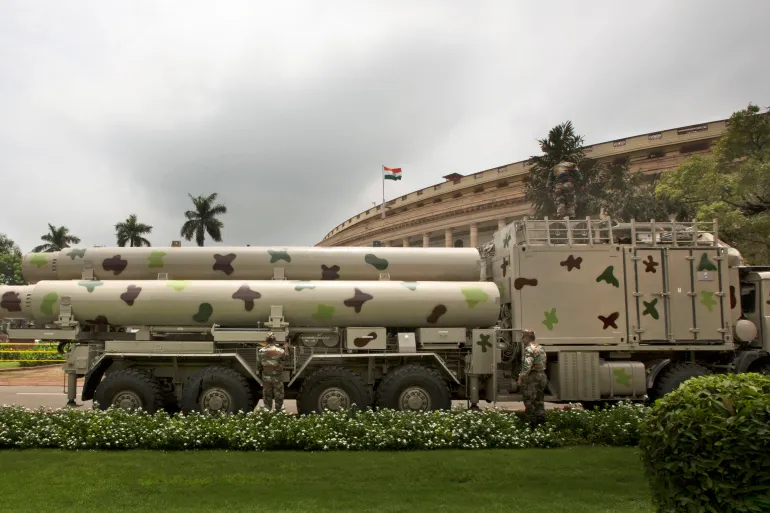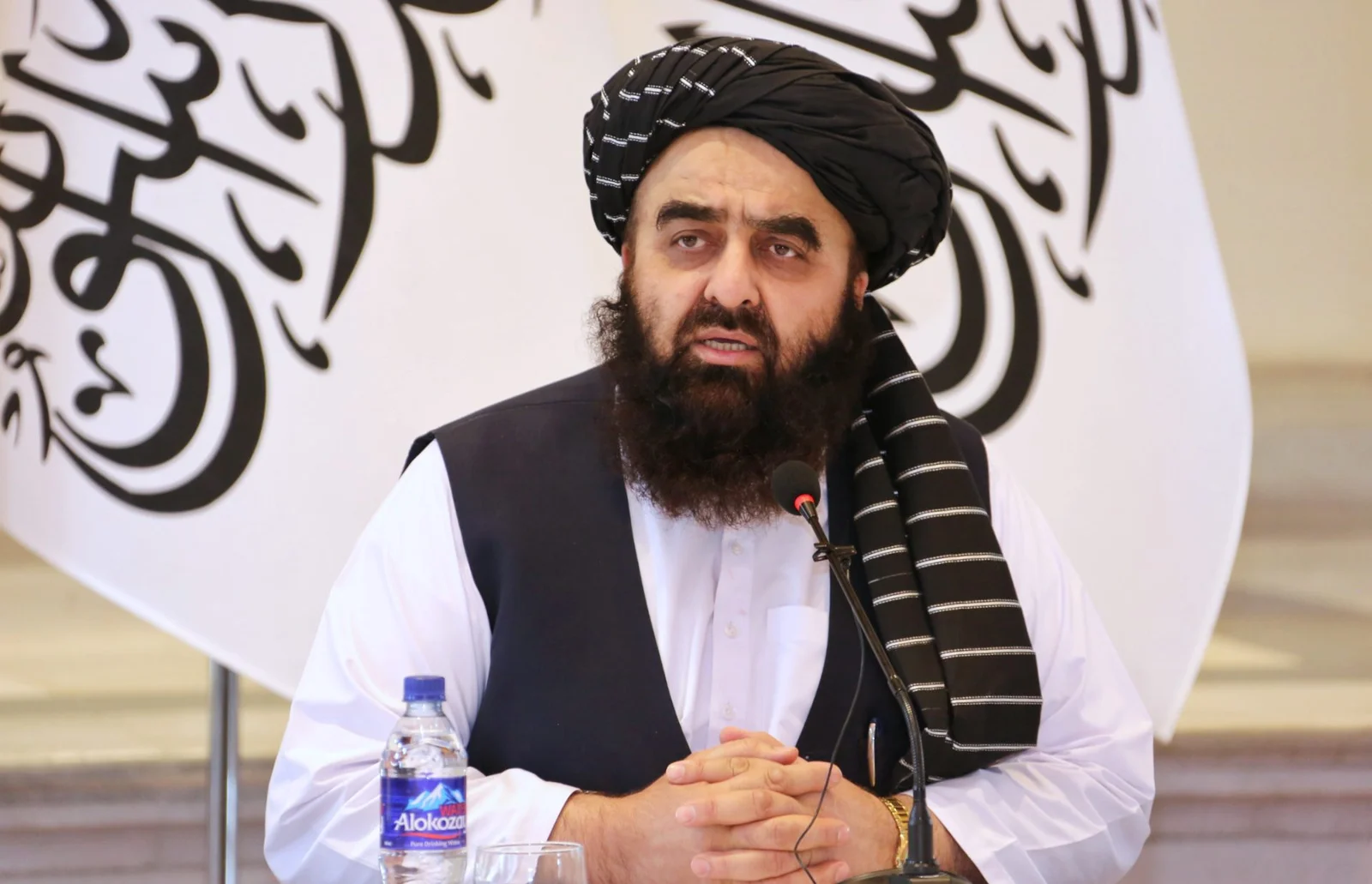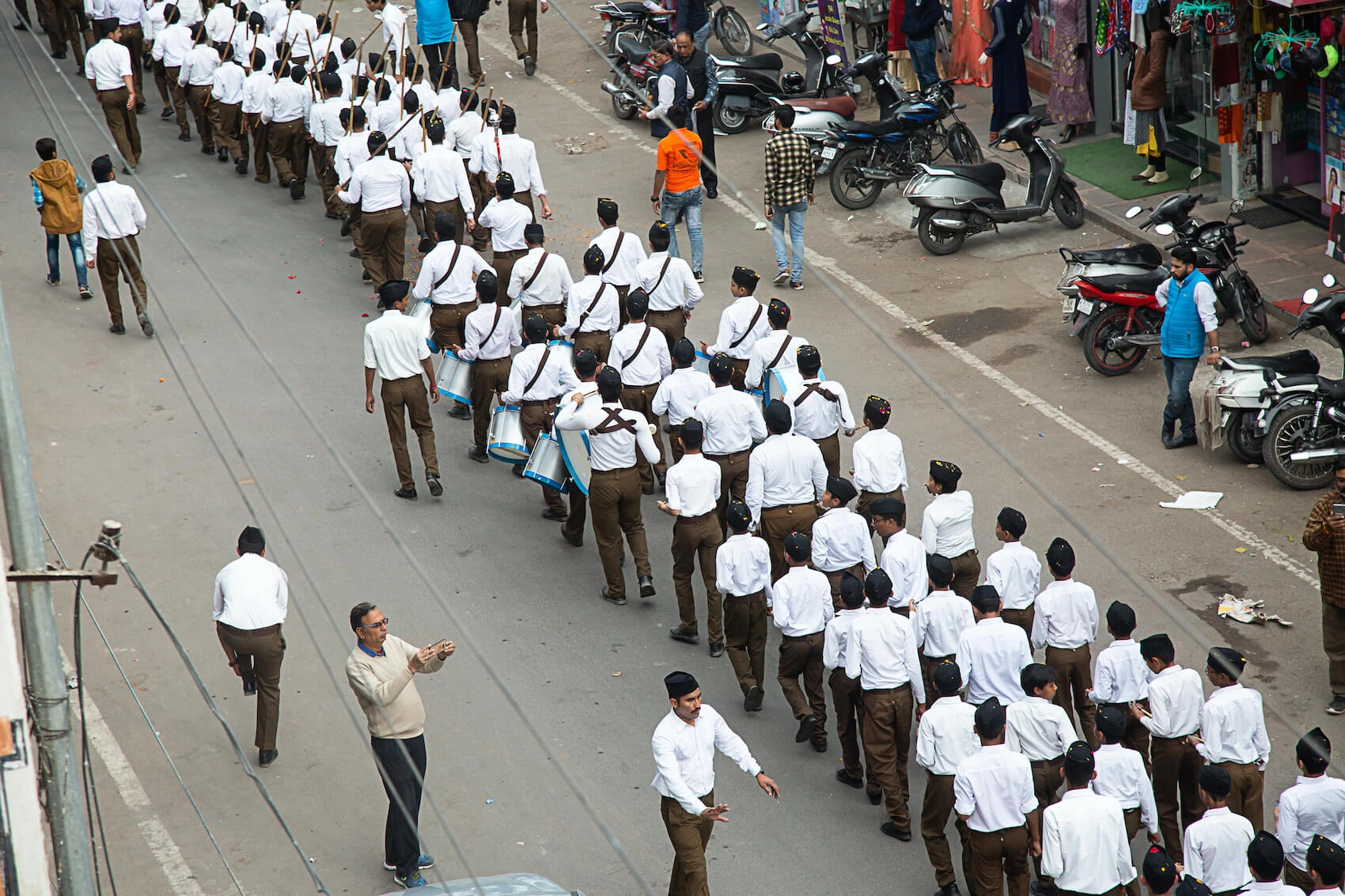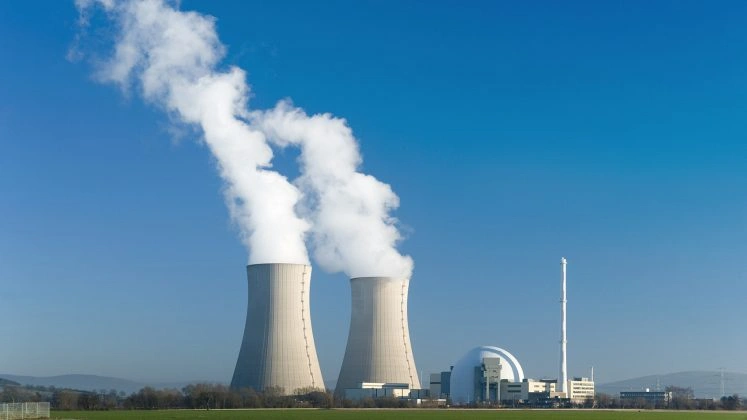May of 1998 is interesting in the history of South Asia, as two of its major powers, Pakistan and India undertook series of nuclear tests that would veer the strategic imbalance in South Asia. India took precedence when it carried out its Pokhran II tests in the Rajasthan desert from 11-13 May of 1998. Pakistan on the other hand felt that the regional balance of power was shifting towards India. Therefore, it followed with its own series of six nuclear tests, compared to five of India. Pakistan conducted its tests at Chagai, located in the rugged mountains of Balochistan.
The Rivalry that Became Nuclear
Both India and Pakistan have been traditional rivals since their inception and both are nuclear powers. This single fact has made the South Asian region a probable flashpoint of nuclear arsenal use. After attaining nuclear status, nuclear weapons have occupied centre stage in the India Pakistan security analysis.
The centrality of nuclear weapons has entirely evolved the way strategic dimensions of the South Asian region are perused.
After their respective tests, both India and Pakistan of South Asia faced international backlash in the form of sanctions. This was despite the fact that the Indian nuclear tests had created a spillover effect for Pakistan to take such actions; which Islamabad considered a direct threat. Pakistan, after the separation of East due to the Indian role, had strong apprehensions for its territorial integrity. Provided a state like Pakistan facing a state like India where the latter enjoyed numerical superiority. India was a state which outmanned and outgunned Pakistan in every sphere of conventional security.
May 18, 1974
India conducted its first nuclear tests on May 18, 1974, which solidified Pakistan’s fears even further. Pakistan in response began its secret program for nuclear weapons. However, this program remained away from the spotlight due to its very intent: a reaction to Indian design.
Indian Premier Atal Bihari Vajpayee, who belonged to the right-wing BJP had declared in his election campaign of 1998 that India would carry out nuclear tests, which he eventually proceeded with once coming into power.
After Indian tests, expecting a prompt response from India’s adversary would have been natural. These concerns were voiced by US Defense Secretary William Cohen. Similarly, President Bill Clinton held the same views.
However, when Pakistan went nuclear it was punished with sanctions despite the rationale of Pakistan being feasible enough. Furthermore, world powers tried their best to keep Pakistan from pursuing the nuclear path.
Levelling the Balance of Threat
The quest for power encourages the desire for pursuing nuclear weapons, especially when conventional weaponry is not enough, as was the case of Pakistan.
In the beginning, Pakistan had no objective of pursuing nuclear weapons, but India’s first nuclear test of May 1974 diverted Pakistan’s attention for obtaining nuclear weapons and its main objective was to create a balance of power for preventing any war in future.
Pakistan’s quest for nuclear weapons is attributed to rising from the desire to negate India’s conventional superiority.
India aims to get the status of a regional hegemon in South Asia which puts Pakistan in a complicated situation. Not that Pakistan does not want India to grow and develop. However, India flexing its military might to states it is locked in contention with is surely worrisome to Pakistan.
Many Pakistani and Indian policymakers would know that due to having smaller conventional forces; Pakistan can initiate a nuclear strike if its territorial integrity or sovereignty is jeopardized.
Rebalancing the Regional Status Quo
Immediately after becoming nuclear powers, Both India and Pakistan faced off at Kargil. The two countries were heading towards a potential nuclear exchange. The United Kingdom Foreign Minister at that time, Peter Hain, stated that Indian and Pakistan were very close to nuclear exchange during the crisis.
In nearly 30 years, between any two nuclearized rivals in the world, Kargil was the first military conflict. It was the largest-scale conventional military engagement ever between any two nuclear states.
Similarly, when India tried to carry out its claimed preemptive strikes in Azad Kashmir against alleged militants, it again tried to circumvent the nuclear status quo by establishing an arena of engagement below the nuclear threshold. However, this move also backfired as it led to Pakistan and India coming to the brink of war. Again, the mediation that took place was motivated by the fact that both states are nuclear powers. Pakistan’s nuclear deterrent had impeded India’s conventional might yet again.
However, the notion of nuclear deterrence was the one that kept both India and Pakistan to re-assess their ambitions for war. The nuclear dimension added to the South Asian security quagmire came with a realization of lethality, the nuclear weapons can have to a region with the largest threshold of population.
Nuclear Deterrence in South Asia
Deterrence is the action of discouraging an action or event by instilling doubt or fear of the consequence. The concept of deterrence goes back to history, predates nuclear weapons. In the hindsight of history, deterrence was about denial that is to deny the aggressors from attacking.
After the introduction of nuclear weapons, the threat of punishment replaces the concept of denial. Consider a state having nuclear weapons and someone attacks on that state it retaliates using nuclear weapons and inflict unacceptable destruction.
The main argument of nuclear deterrence is the attack over me, will be retaliated back using a nuclear weapon which will shatter your existence.
The concept of ‘Mutually Assured Destruction’ also indicate the reason behind this denial. On which small states like Pakistan rely to balance the equation with large states like India. Pakistan which already uses the first use policy for nuclear arsenal has kept any serious conflict from occurring. While minor engagements might take place, the fears that war may go nuclear keeps the belligerents to engage each other in the limited arena. This is exemplified when after the 2000s as Pakistan and India have only engaged in hostility on the LOC. Even in case of serious events, such as the Pulwama or Mumbai attacks in 2008; the element of nuclear deterrence kept Delhi from pursuing any venture that could prompt a serious response from Pakistan in the latter’s act of desperation.
Issue of Nuclear Fragility
Ever since South Asian conflicts have entailed a nuclear dimension, there have been strong apprehensions for nuclear security. Pakistan at the onset of 2001 had to face a lethal militancy in form of Islamist terror outfits in her tribal belt.
Pakistan’s nuclear arsenal was being targeted for being unsafe and that it would fall into the hands of Jihadists that would use such arsenal against their enemies for their so-called Jihad.
Although, two decades of conflict have not witnessed any event of a serious lapse in Pakistani nuclear security. As a matter of fact, Pakistan has steadily grown ins the nuclear stockpile. Allowing it to level the balance of threat in South Asia. That is the reason that Pakistan has gradually improved its ranking in the NTI Nuclear Security Index.
In their use of nuclear arsenal, Pakistan and India have reserved their stances. There have been no tests after 1998. However, the rise of non-state actors in the realm of security threatens the balance even more. As states can either use these outfits or these outfits can act independently. If any such outfit gets their hands on nuclear weaponry, the results could be catastrophic.
India, which has pursued nuclear arms buildup and has Western favour for such endeavours, has at many occasions depicted negligence when it comes to nuclear proliferation.
Read here: Indian Uranium Leak and its Implications for the Region
South Asian Relationship with CERN
Pakistan has been an adherent to the nuclear treaties and agreements that it is a signatory of. The country is gradually evolving the civilian use of nuclear energy to meet its power requirements. It is also pursuing international cooperation with the West. Pakistan became a member of CERN, the largest particle physics laboratory in the world, in 2015. A cooperation agreement between Pakistan and CERN already existed since 1994.
Pakistan has also contributed to the ambitious large Hadron Collider of CERN, the world’s largest and most powerful particle accelerator. The country has played its part in the experiment by manufacturing 14000 tons of heavy shields. required by the Hadron Collider at Heavy Industries complex, Taxila.
CERN Director-General Fabiola Gianotti in 2016 stated that Pakistan had a long history of research in elementary particle physics and had produced renowned scientists in this field, including the Nobel laureate Dr Abdus Salam.
The Emerging Indo-West Collusion Over Nuclear Axis
The Indian quest to counter growing Chinese influence has made her a natural ally of the West in general and the US in particular, which is amplified by Indian ambitions to achieve a permanent seat in the UNSC. Indian access to the Nuclear Supplier Group (NSG) while denying the same to Pakistan and the US abetting India in pivot to Asia or rebalancing Asia initiative speaks volumes. The meteoric rise of India has triggered strategic competition with China and Pakistan in the region.
Conclusion
Nuclear weapons might have kept India and Pakistan from engaging in an all-out war. However, one can not rule out the chances.
The main reason for avoiding war is the presence of nuclear warheads. These states have not publicly hesitated from declaring the use of nuclear weapons in case of conflict.
Despite Establishing a ‘new normal’, peace in South Asia can never be achieved. To do so, the underlying root causes of this nuclear buildup should be addressed.
This particularly includes the seven decades long Kashmir issue. Both the countries have nuclear capabilities, and the violence intensity over the Kashmir issue may reinforce the two countries to trigger a nuclear war. A conventional conflict has a strong probability to escalate to a new nuclear one once things cross the threshold.






